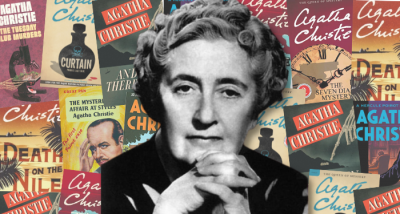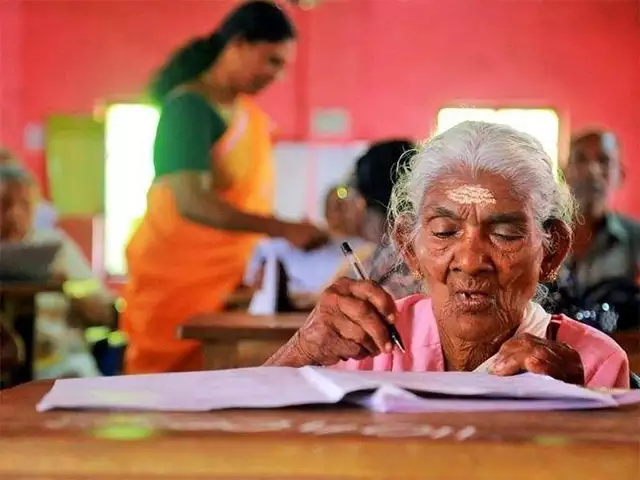Who is the best-selling author of all time?

Agatha Christie is famed as the best-selling author of all time, However, she was not the most prolific writer of her family. Agatha grew up with two older siblings, out of them, her older sister Margaret (nicknamed Madge) also pursued writing and was considered to be the more promising writer.
By 1916, Madge had already written and published a few short stories, while Agatha had not published any. So when the latter shared the idea of writing a mystery novel with Madge, her sister was not as enthusiastic. She bet that Agatha would not be able to craft a compelling mystery and it certainly would not be something she could not solve. Taking up the challenge, the 26-year-old Agatha got to work and wrote, what would become her debut mystery novel, The Mysterious Affair at Styles. Today, this novel stands alongside hundreds of mysteries Agatha crafted during her illustrious writing career.
Crafting a perfect mystery
Agatha Christie's stories are like a puzzle box full of clues, misdirection and drama. But what are the essential elements of crafting a perfect mystery?
Setting
One of the most important decisions while designing any story is choosing the setting. Whether it was a remote island or yacht or a snow-stalled train stall, the author would always favour eerie and isolated locations, a trend that most of her stories follow. By doing so she limited the movement of her characters and build tension by forcing these plausible suspects to stay put, with the killer lurking among them.
In some cases, she would heighten the drama by making the characters strangers, unsure of who they could trust.
Characters
As a keen observer of human behaviour, she would often use peculiar traits or habits of the people around her to create authentic characters. However, one of the most popular criticisms of her novels is her use of two-dimensional characters that would easily reflect the stereotypes of her time. Future writers are advised not to emulate this trait of hers.
Language
It is a mystery writer's job to concoct stories that are complex and full of riddles and clues. Making it merely a balancing act between being clever and not confusing. The English author used simple, precise and accessible language to accomplish this task. The clarity of her language makes her stories palatable and engaging and can be credited with making her the 'Queen of mystery'.
Picture Credit : Google

